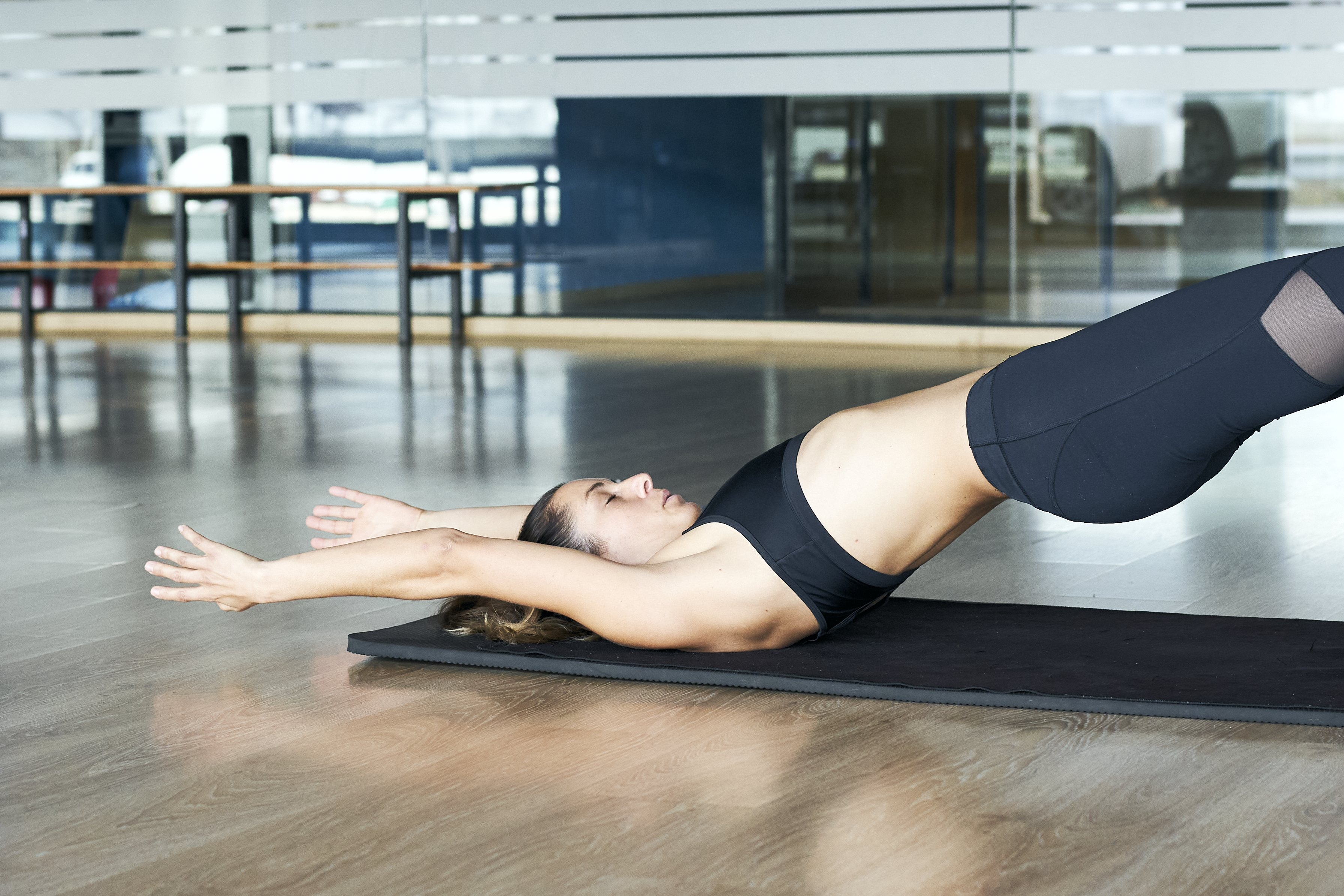11 Easy Exercises That Melt Away Sciatica Pain, No Doctor Needed
Sciatica is a condition characterized by pain that radiates along the path of the sciatic nerve, which runs from the lower back through the hips and buttocks and down each leg. This pain can range from mild to severe and is often accompanied by numbness, tingling, or weakness in the affected leg. Understanding sciatica is crucial because it affects millions worldwide, significantly impacting their quality of life. The pain can be debilitating, making everyday activities like walking, sitting, or even standing difficult. Traditional treatments often involve medications or invasive procedures, but these are not always effective and can come with side effects. This article explores an alternative approach: doctor-free exercises that can help alleviate sciatica pain naturally and effortlessly. The prevalence of sciatica is a growing concern, with many individuals seeking non-invasive ways to manage their symptoms. The exercises discussed in this article are designed to target the root causes of sciatica, such as muscle imbalances and nerve compression. By incorporating these exercises into your daily routine, you can potentially reduce pain and improve mobility. The beauty of these exercises lies in their simplicity and accessibility; they can be performed at home without special equipment or medical supervision.
1. Pelvic Tilt

The pelvic tilt is a simple yet effective exercise that targets the lower back and abdominal muscles, helping to alleviate sciatica pain. This exercise involves lying on your back with your knees bent and feet flat on the floor. Gently tighten your abdominal muscles and press your lower back into the floor, holding the position for a few seconds before releasing. Repeating this movement several times can help strengthen the core muscles that support the spine, reducing pressure on the sciatic nerve. In addition to strengthening the core, the pelvic tilt improves flexibility in the lower back, which can be particularly beneficial for those with sciatica. By increasing the range of motion in this area, you can reduce stiffness and improve overall mobility. The pelvic tilt is an excellent starting point for those new to exercise, as it is low-impact and can be easily modified to suit different fitness levels. Incorporating this exercise into your routine can help create a solid foundation for more advanced movements, paving the way for lasting pain relief.
2. Knee-to-Chest Stretch

The knee-to-chest stretch is another effective exercise for relieving sciatica pain. This stretch targets the lower back and gluteal muscles, helping to release tension and improve flexibility. To perform this exercise, lie on your back with your knees bent and feet flat on the floor. Slowly bring one knee toward your chest, holding it with both hands for support. Hold the stretch for 20-30 seconds before switching to the other leg. This gentle movement helps elongate the spine and reduce compression on the sciatic nerve. Incorporating the knee-to-chest stretch into your routine can provide immediate relief from sciatica pain by loosening tight muscles and improving circulation. This exercise is particularly beneficial for those who spend long hours sitting, as it counteracts the effects of prolonged sitting on the lower back. By regularly performing this stretch, you can improve your posture and reduce the risk of future sciatic flare-ups. The knee-to-chest stretch is a versatile exercise that can be easily adapted to suit different fitness levels, making it an accessible option for anyone seeking relief from sciatica pain.
